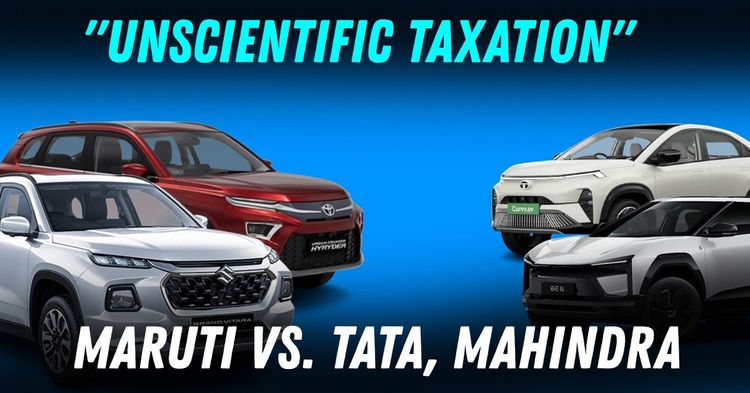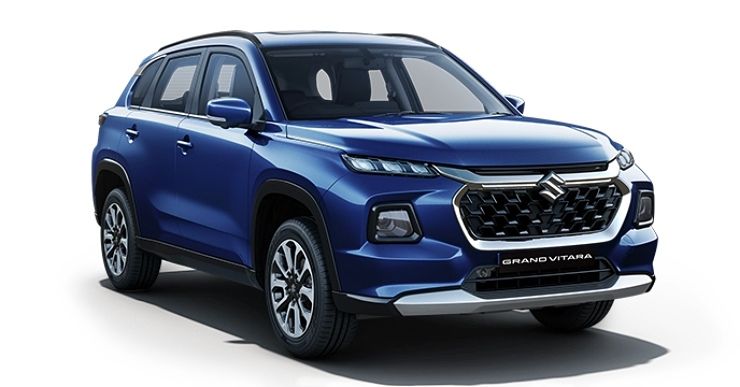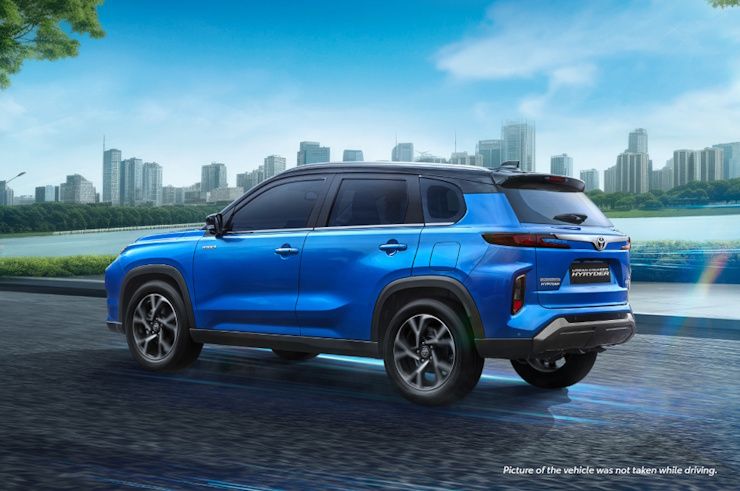Maruti Executive Criticizes Tata, Mahindra Over Hybrid Vehicle Taxation Stance


In a rare public jab, Maruti Suzuki’s executive director Rahul Bharti has openly criticised the position taken by rivals Tata Motors and Mahindra on hybrid vehicle taxation. His remarks, made during a recent media interaction, have not only reignited the debate around India’s EV-first policy but also laid bare the growing friction between carmakers betting on very different paths to cleaner mobility.

Bharti’s comments were sharply aimed at what he described as a “narrow” interpretation of sustainability, accusing some manufacturers of attempting to stifle hybrid technology by equating it with traditional internal combustion engines. While he didn’t name names, the context made it fairly obvious. Tata and Mahindra have been aggressive champions of battery electric vehicles (BEVs) and have publicly opposed any special tax breaks for hybrids, a stance that clearly doesn’t sit well with Maruti.
At the centre of the controversy lies the way strong hybrids are taxed in India. Despite their lower tailpipe emissions and significantly higher fuel efficiency, they’re still subject to the same GST rate as regular petrol or diesel cars, around 43 percent. Pure EVs, by contrast, enjoy just 5 percent GST. Bharti argued that this tax structure is “unscientific” and creates a distorted playing field.
What irks Maruti is that this policy undermines hybrids as a transitional solution. In Bharti’s view, hybrids offer an immediately viable path to lower emissions and reduced fuel imports without requiring massive changes to infrastructure. And crucially, they work across vehicle segments, price points, and regions. This is particularly important in a country where EV charging access is still patchy outside urban centres.

By clubbing hybrids with ICE vehicles, he suggested, the government is effectively penalising technology that can deliver tangible benefits here and now, while giving a leg-up to BEVs that still face adoption barriers.
For Tata and Mahindra, the focus has long been on pushing EV adoption at scale. Both have invested heavily in battery-powered platforms, developed dedicated EV architectures, and carved out significant early-mover advantage. From their standpoint, incentivising hybrids risks diluting the momentum of full-electric transition.
There’s also a strategic dimension. Neither company has a mature hybrid product pipeline yet, whereas Maruti (with help from Toyota) is aggressively ramping up its hybrid offerings. Granting hybrids the same tax breaks as EVs could allow Maruti to undercut rivals on pricing while still retaining the operational convenience of petrol infrastructure. In other words, hybrids could become a competitive shortcut, offering lower emissions without requiring consumers to adapt too much.
Bharti’s comments also raise a broader question: should the policy focus only on end goals like zero tailpipe emissions, or should it also reward technologies that reduce fuel use and emissions even if they’re not “pure” solutions?
The hybrid vs EV debate essentially pits practicality against purism. On one hand, hybrids don’t demand behavioural changes from buyers, no range anxiety, no need to plug in, and they’re typically cheaper than full EVs. On the other, they’re not emission-free and still depend on fossil fuels, however efficiently.
Supporters of hybrids argue that they are a realistic bridge in the transition to cleaner mobility. Critics argue that subsidising hybrids could distract from long-term EV infrastructure investments and delay full electrification.
What’s striking about Bharti’s remarks is not just their content, but their tone. It signals a growing frustration within Maruti, which has until now been criticised for being late to the EV game. With its new range of hybrids, the company seems to believe it’s found a middle path that deserves equal policy support and it is now willing to challenge the dominant EV-first narrative to make its case.
This sets the stage for an increasingly public tug-of-war between India’s biggest carmakers over what the country’s clean mobility roadmap should look like. As Maruti positions hybrids as the “realistic” solution and Tata-Mahindra stick to their EV guns, the battle is no longer just about technology. It’s about influence, direction, and whose vision will shape the future of mobility.